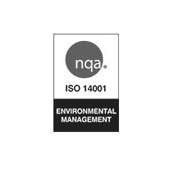Heat Pump Installers Across Yorkshire, Lincolnshire, and The North East
East Yorkshire & Humberside
We’re proud to be rooted in East Yorkshire, installing bespoke residential heat pump systems for properties from urban homes to countryside retreats. This includes, but is not limited to:
- Hull
We offer efficient heat pump installations in Hull, designed to keep homes warm while lowering energy costs. - Beverley
Our heat pump projects in Beverley show how modern homes and historic properties alike benefit from renewable heating. - Driffield
In Driffield and nearby villages, we design rural-appropriate heat pump systems to maximise efficiency and comfort. - Bridlington
We install heat pumps along the Bridlington coast that are built to perform, even in seaside conditions. - Humberside
Serving all of Humberside, we tailor heat pump systems for homes and farms seeking long-term sustainable heating solutions.
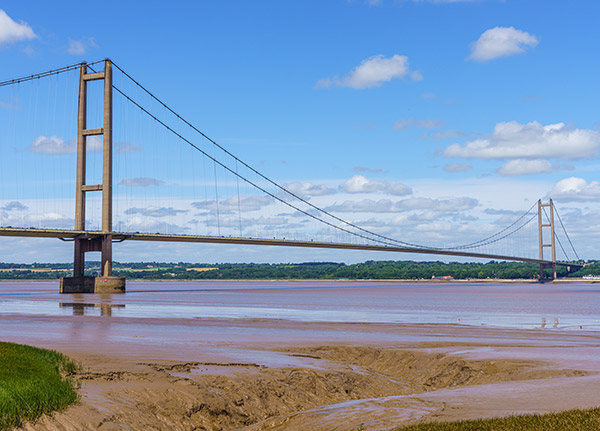
Lincolnshire
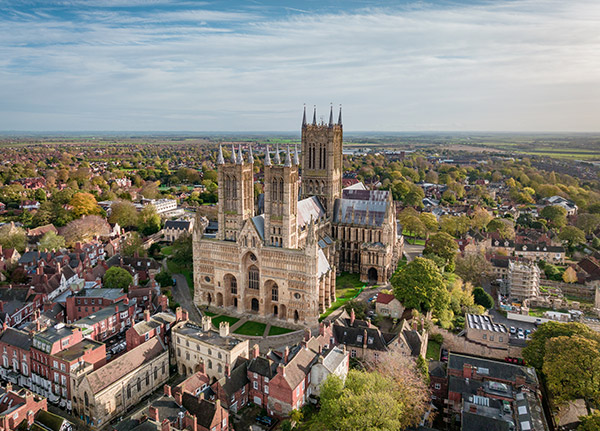
From market towns to coastal areas, we’ve designed heat pump systems across Lincolnshire that blend performance with aesthetics. This includes, but is not limited to:
- Grimsby
Our heat pump installations in Grimsby deliver reliable warmth while reducing energy consumption. - Scunthorpe
We fit tailored heat pump solutions in Scunthorpe for both homes and businesses looking to upgrade their heating. - Lincoln
In Lincoln, we provide systems that complement both period homes and new builds, for efficient year-round heating. - Mablethorpe
Our coastal-focused installations in Mablethorpe withstand seaside conditions while keeping energy bills down.
South & West Yorkshire
From Doncaster’s suburbs to York’s historical quarters, our heat pumps meet diverse heating needs across the region. This includes, but is not limited to:
- Doncaster
We install heat pump systems in Doncaster that help homes reduce bills while enjoying sustainable, efficient warmth. - York
Our York installations integrate heat pumps into old and new properties, balancing performance with aesthetics. - Harrogate
In Harrogate, we deliver high-efficiency heat pumps tailored for properties prioritising both design and functionality. - Ripon
Our work in Ripon demonstrates how smaller towns can benefit from clean, cost-effective heating with heat pump technology.
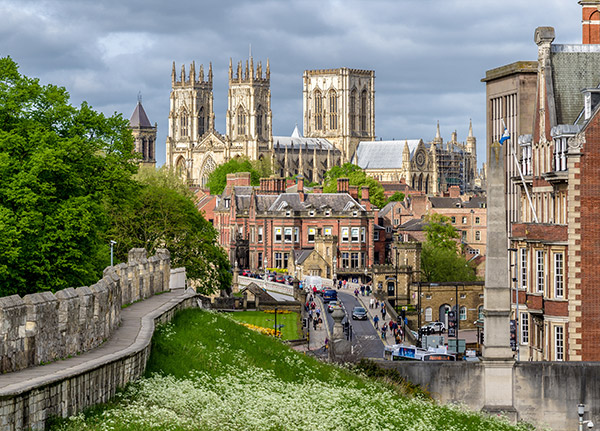
North Yorkshire
Serving areas from the coast to the countryside, our North Yorkshire heat pump installations bring comfort and efficiency to homes. This includes, but is not limited to:
- Scarborough
We install heat pumps in Scarborough that withstand sea air while delivering energy savings. - Thirsk
Our Thirsk systems help rural households generate warmth year-round with smart, renewable heating.
North East England
From bustling towns to peaceful villages, we’ve installed heat pump systems across the North East, bringing reliable renewable heating to varied properties. This includes, but is not limited to:
- Darlington
In Darlington, our heat pump systems are designed to cut energy costs while keeping families cosy. - Durham
We deliver heat pump installations in Durham that suit both traditional homes and modern construction alike.
Cumbria & The Lake District
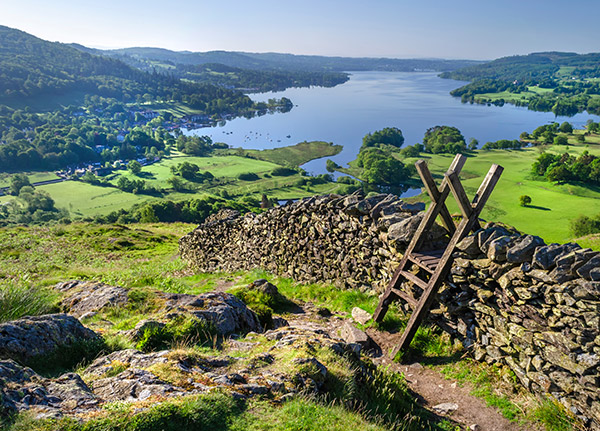
Amid stunning landscapes and rural properties, our Lake District heat pumps blend performance with environmental harmony. This includes, but is not limited to:
- Keswick
We install heat pumps in Keswick that deliver clean heat even amid environmentally sensitive surroundings. - Windermere
Our Windermere installations suit lakeside homes, offering efficient, low-impact heating across beautiful properties. - Kendal
In Kendal, families and businesses rely on our sleek, high-efficiency heat pump systems to reduce energy usage. - Carlisle
Our Carlisle projects show how urban and rural homes alike can benefit from modern, reliable heat pumps.
Questions? Get in touch today and talk to one of our heat pump experts!

Heat Pumps Key Information
- Permanent heat and hot water
- Bespoke solution designed for your home
- Heat pumps available with thermal outputs from 4kw – 87kw
- Air source, water source and ground source residential heat pump options
- Lifespan of 25 – 30 years
- We only use natural refrigerants which are non-toxic with zero ODP (Ozone Depletion Potential) and very low GWP (Global Warming Potential)
- Typical commercial boilers operate at 80-85% efficiencies compared to 320% for air source heat pumps, 400% for ground source heat pumps and 450% for water source heat pumps
- Can be integrated with residential solar panels to provide maximum efficiency
Why Choose Pure Renewables?
Pure Renewables was founded in 2007 from a passion and determination to invest in our energy future. Through our product range, our solution packages and our people, Pure Renewables has become a multi award winning market leader in renewable energy solutions. The in-depth knowledge and experience within the team sets us apart and we all continue to follow the same promise, to dedicate ourselves to adding value to every project. We aim to be a one-stop-shop for homeowners, architects, builders and business owners.
When it comes to our products, we are committed to prioritising quality, first time, every time. Our industry leading accreditations are testament to this and we only partner with manufacturers that share our values and mirror our high standards.




Get in touch today and request your FREE, no obligation quote!
Residential Heat Pumps FAQs
Residential air source heat pumps (ASHPs) absorb heat from the outside air, in the same way that a fridge extracts heat from its inside. There are two main types of air source heat pump: an air-to-water system distributes heat via your wet central heating system, while an air-to-air system produces warm air which is circulated by fans to heat your premises. Find out more about how air source heat pumps work.
Residential air source heat pumps are ideal for new build premises, or well-insulated existing properties. You need space outside for a unit to be fitted, either on a wall or on the ground, where there is a good flow of air. The building should be well insulated and draught-proofed for best results and you will see better savings if replacing an electricity or oil heating system. Find out more about if your property is suitable for an air source heat pump.
The pump can get heat from the air even when the temperature is as low as -20° C. If temperatures plummet even further, the heat pump’s internal auxiliary unit will add the additional heat requirement. ASHPs come fitted with an auto-defrost function, so they can continue to produce hot water and heating in all weathers.
ASHP technology has an energy efficiency rating of A***, which is the highest level for heating and water production.
How much you can save will depend on what system you use now, as well as what you are replacing it with. ASHPs work best with underfloor heating or large radiators and are cheaper to run than oil-powered systems and older inefficient systems. Our experts will explain how to control the system so you can use it most effectively.
Our guarantees last up to five years and systems are expected to operate for 20 years or more.
They may be considered as Permitted Development, in which case you will not need planning permission, but it is always a good idea to check with your local planning office and to obtain written confirmation regardless of whether it is permitted.
ASHPs have reduced in noise levels significantly over the last few years. Carefully sited pumps should present no disturbance to you or your neighbours and we follow strict MCS noise emission standards, which require careful emission calculations. Find out more on our page “are air source heat pumps noisy?“
RHI cash payments are made quarterly over the applicable term of the scheme. The amount you receive will depend on a number of factors – including the technology you install and the latest tariffs available for each technology.
GSHPs extract heat from the ground by circulating a mixture of water and antifreeze around a ground loop. Heat from the ground is absorbed into the fluid and then passes through a heat exchanger into the heat pump which then converts it into high-temperature heat. Trenches are usually between one and two metres deep and boreholes between 15-100m, depending on energy needs.
Heat pumps can then be used for radiators, underfloor or warm air heating systems and hot water.
Find out more about how ground source heat pumps work.
Since GSHPs work best when producing heat at a lower temperature than traditional boilers, it is essential that your property is well insulated and draught-proofed for the heating system to be effective.
Trenches would be required for the ground loop. The length of the required ground loop depends on the size of your property and the amount of heat you need. If space is limited, a vertical borehole can be drilled instead. We can assess your premises and advise you as to the best option. Find out more about if your property is suitable for a ground source heat pump.
GSHPs boast efficiencies of up to six times that of gas or oil boilers. They produce water at a lower temperature than boilers (55°C). Less cold water needs adding to baths or showers, which saves both money and energy.
The noise of a typical heat pump is similar to that of a refrigerator. All of our heat pumps are fitted with noise reduction systems. Pumps are best fitted in utility rooms, basements or garages.
The ground temperature stays relatively consistent under the surface, even in the depths of winter, so the system works all year round.
Pure Renewables offers guarantees of up to seven years and the system life expectancy can be up to 30 years, with regularly scheduled maintenance. They need very little adjustment as they use “fit and forget technology.” Their efficiencies do not decline over time unlike with a gas or oil boiler.
They may be considered as Permitted Development, in which case you will not need planning permission, but it is always a good idea to check with your local planning office and to obtain written confirmation regardless of whether it is permitted.
Yes – water has a higher thermal energy capacity and also a higher heat transfer rate compared to ground and air.
Ideally water needs to be flowing as this replaces energy harvested by the heat pump with new energy. If the water volume is small and stagnant then it’ll likely freeze. However, if the volume is large but stagnant, this could still be used as even stagnant water has movement within it.
Open-loop is where water is extracted from a river, lake or aquifer and pumped to a heat exchanger close to the heat pump, whilst closed-loop is where pipes are installed into the body of water with glycol circulating through them, they absorb energy in the same way as a ground loop.
Filtration will be required for an open-loop system and the cleaning of these will depend on the water quality.
If you use a public river or lake you will need to apply to the Environment Agency for an extraction licence. If the body of water is owned and managed by you, then a licence won’t be required.
The Renewable Heat Incentive (RHI) is a Government incentive scheme to encourage the uptake of renewable heat technology among businesses and homeowners.
The Non-domestic RHI was launched first in November 2011 to provide payments to industry, businesses and public sector organisations. The Domestic RHI was launched in April 2014, and is open to homeowners, private landlords, social landlords and self-builders.







